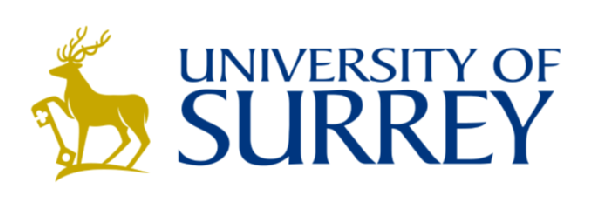Nutrient, Drug or Poison?

Background
Healthy life is dependent on having an adequate supply of nutrients. Many of these are elements in the periodic table. Elements that we need in relatively large quantities are essential constituents of body fluids and tissues, bones and teeth and are the building blocks of macronutrients (carbohydrates, fats and proteins), e.g. H, C, N, O Na, K, Mg, Ca, P, S and Cl. Some elements - the essential trace elements - are only needed in small amounts and are usually active as integral parts of proteins or enzymes. They may help maintain the structure of the protein or may play an important role in the function of an enzyme. These are Fe, Cu, Zn, Se, Mn, Co (as vitamin B12), I and Mo. Despite being required in smaller amounts, trace elements are no less important than other elements.
Our Research
Iodine (I): We are very interested in the iodine status of women in the UK. Iodine is a key constituent of the thyroid hormones that are important in development and metabolism and are essential for brain and neurological development in pregnancy and early life. Many pregnant women fail to achieve an adequate iodine intake, putting the cognitive development of their baby at risk. We have shown an association between mild-to-moderate iodine deficiency in UK pregnant women and low IQ and reading ability in their children aged 8-9 years, that worsened with the degree of deficiency. We hope to run a randomised controlled trial of iodine supplementation in pregnancy to see if iodine supplementation can improve children’s IQ and behaviour compared to placebo.
Selenium (Se): Se is the only trace element to be specified in the genetic code. The UGA codon in messenger RNA, specifies the insertion of Se as the amino acid selenocysteine (Sec) to form a selenoprotein. Humans have 25 selenoproteins that include the glutathione peroxidases (antioxidant enzymes that protect from oxidative stress), the iodothyronine deiodinases (convert thyroxine into the active form of thyroid hormone), the thioredoxin reductases (required for DNA synthesis) and selenoprotein P (needed for Se transport and sperm motility). Although we cannot do without Se and Se-deficiency diseases are known, too much Se is toxic. Interestingly too little Se is associated with increased risk of death and of prostate cancer, but so too is too much Se, for instance by taking too high a Se supplement (e.g. 300 µg/d). Se is a great example of the U-shaped relationship that exists between a nutrient and health, where too little is bad but so also is too much.
Read more about our research here:
https://www.surrey.ac.uk/school-biosciences-medicine/departments/nutritional-sciences
